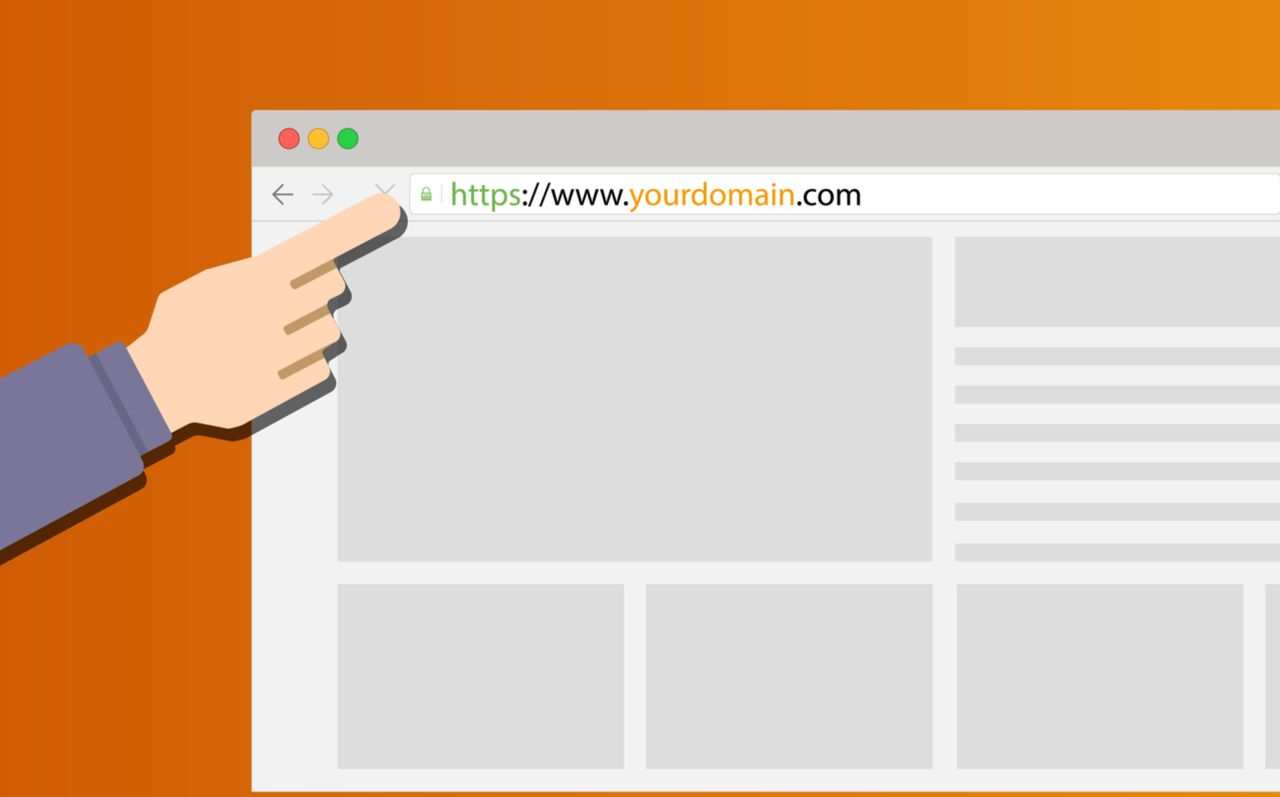URL changes are not so easy and simple for search engines to process. Because Google search identifies any search result on the basis of URL. Changing URL structure to your site can take several months for Google to process.
Google has created a video on the SEO implications of changing your site’s URL structure. In sum, these URL modifications are “not that straightforward for search engines” like Google, according to John Mueller, a Google search advocate. If done correctly, these modifications can take several months for Google to fully process.
Changing URLs may appear to be an easy process, but if done incorrectly, it may have severe consequences. If you’re planning a website redesign, altering URLs could be on your to-do list. However, you should be aware that this may cause rankings to fluctuate. To help mitigate the negative consequences, I’m going to show you how altering URLs might influence SEO today.
Why changing URL is not so simple? Because Google keeps each URL as an address in its index and each URL is unique to each page, when you change the URL, the data for that URL or page must be transmitted, according to Google. All of Google’s signals, links, and other information about that URL must be transmitted to the new URL. Because this can be difficult, Google provides thorough site migration documentation.
Table of Contents
When Should You Change Your URL Structure?
Let’s get a few things straight first. Before you apply, you’ll need to do a lot of planning and thinking to change your URLs. It would be preferable if you could redesign your site without changing your URLs.
However, it is occasionally unavoidable, particularly in certain circumstances. To begin, consider when you might wish to move from HTTP to HTTPS to protect your site’s users’ privacy. Second, you may wish to optimise your URL routes for both SEO and navigational purposes. Finally, there are times when you might wish to modify your domain name in order to boost your local SEO.
Whatever your motivation, it’s critical to be aware of the ways in which altering URLs might harm your SEO.
Also Read – Technical SEO Checklist
How URLs Changes Can Damage Search Engine Ranking
Changing the structure of your URLs is not a choice to be taken lightly. Why? Even if you follow all of the steps correctly, Google will have to crawl all of your new URLs again to assess their authority and content quality. This can take some time, especially if you have a big number of URLs on your site. You may see changes in your rankings at this period.
What would be the worst-case scenario? You see a significant decline in your ranks. Your landing pages may be shifted down a few pages or, worse still, pushed out of the Top 10. This can result in a drop in pageviews, interactions, leads, and other metrics. Errors such as faulty redirection might potentially result in loss of link juice.
How To Change URL Structure Without Affecting SEO
Google produced highly extensive documentation on site transfers years ago, which you can see here. The video’s essential aspects were summarised by John Mueller:
- Before you migrate, do some study.
- When it’s a good moment to have a traffic decrease, timing the update.
- For mapping reasons, make a list of the old and new URLs.
- Implement 301 redirects and internal site modifications, such as navigation, XML sitemaps, and so on, to complete the conversion.
- Analytics and Search Console may be used to track the migration.
301 Redirects
A 301 redirect is one of the most crucial things to accomplish when transferring from one URL to another. 301 redirects inform Google that you are relocating a page from one URL to another permanently. This is also one of the most effective methods for passing on the majority of your link juice. Make a note of where each old URL will redirect before you begin. This is to prevent any ranks from being lost.
Also Read – 301 Redirect, how to redirect website URLs
Keep Same Content on New URL
If you’re thinking about switching domains and don’t want to lose rankings, it’s critical to maintain 90% of the content the same. Why? If your prior pages were ranking well, that suggests Google already considered your material to be of high quality. The system has already determined that your content matches the search intent of the keyword. This implies that keeping at least 90% of your content the same will give you the best chance of maintaining your current rankings.
Move your Site in Google Search Console
If you’re switching from HTTP to HTTPS, you’ll need to set up a new property in Google Search Console (GSC). This also applies to people who want to modify the domain name of their website. These new properties are where you are going to need to submit your updated sitemaps.
Update XML Sitemap
Google will need to crawl your new URLs even if you have 301 redirects in place. As I previously stated, if you have a large website, the recrawl will most likely take longer to finish. If you’re not planning on changing your domain name, updating and resubmitting your sitemap on GSC is one approach to guarantee that all of your pages get indexed. If, on the other hand, you’re planning on changing your domain name or switching to HTTPS, prepare a new sitemap and submit it to the appropriate GSC property.

